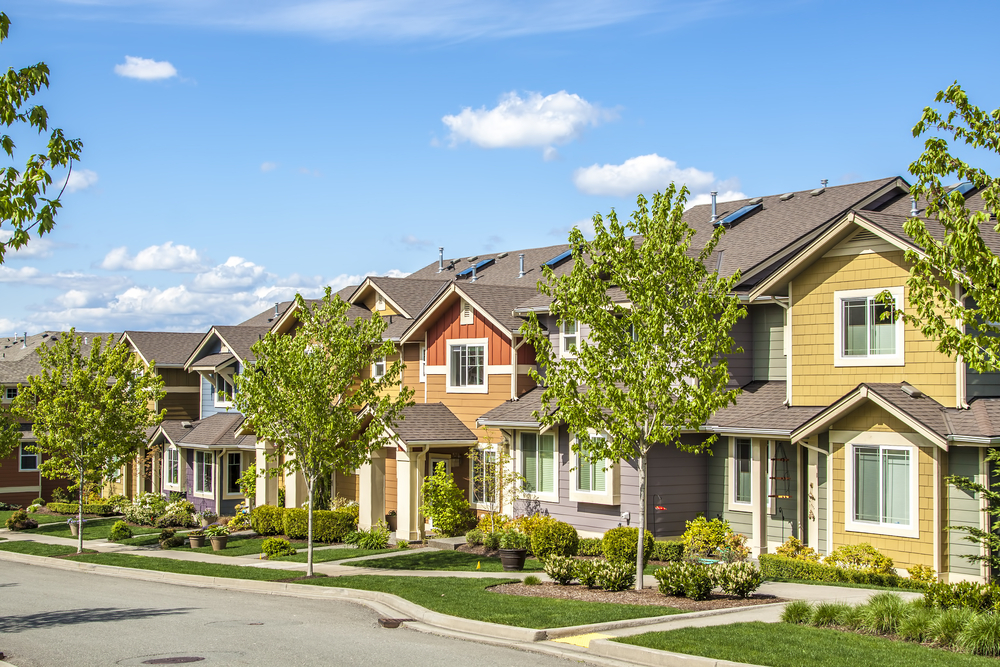The multifamily real estate sector is experiencing a new movement. Significant changes in trends are to be expected. So what’s new? What is ahead for real estate investors?
The U.S. multifamily property sector was one of the first to bounce back after things got rough. As the American real estate market started to get busy again, many sizable investors pumped up the apartment building market. Subsequently, the overwhelming focus became single-family home rentals, and distressed foreclosures and REOs. Now it appears that multifamily has found a second wind. So what’s hot? What is moving markets now, and how long will it last?
The New Multifamily Surge
Multiple factors are converging to make the remainder of 2014 and 2015 a busy period for multifamily real estate activity.
Builders have been increasingly turning more of their resources to multifamily buildings. New technology and a desire for more modern buildings has also created incredible opportunities for successful redevelopment, even in hot and expensive urban inner-cities. In addition to domestic demand, global interest in U.S. investments continues to rise. Foreign bubbles and softening are making American commercial investments a must for wealth preservation, and yield.
As many aging boomers cash out of their family owned multifamily properties ahead of rising mortgage rates, more inventory will become available in prime and non-prime markets. At the same time, hunger for higher yields and new business hubs are creating demand for commercial real estate investments in tertiary markets, according to the CCIM Institute. In 2013 it was secondary markets, but many of these no longer have the inventory big players want, or smaller novice investors are just priced out.
It is believed that demand for rental units will continue to grow through 2018, as thousands more lose their homes to foreclosure. It will also take a while for many shadow inventory properties to be leaked onto the market. Home inventory will remain tight because so many houses, and small multifamily properties are mired in title battles, are buried in miscellaneous liens.
These factors will spur new construction, but a late August 2014 announcement from Rental Home Financing could put many smaller real estate investors into the game in the near term. According to the news, a significant loosening in multifamily lending is opening the doors to credit challenged investors – including those with previous foreclosures, bankruptcies and very low credit scores. This will allow existing owners to release equity and expand. Between 2014 and 2018, the multifamily sector will be busy, and it will be a great time to buy, sell and hold rental apartments.
How Long Will It Last?
Of course, nothing ever stays the same in the real estate industry. So how long will this run last?
Sooner or later a variety of factors will change the game for multifamily real estate brokers and investors. It may come far sooner than many imagine. As soon as things truly get better, interest rates will rise. It is inevitable. This will put significant downward pressure on cap rates. This will be compounded further by rising property prices. Eventually gains may slow, with rents topping out and values being limited by income.
Simultaneously, underwriting standards are withering. New aggressive programs bordering on sub-prime are already making their way back. As confidence in performance and appetite for risk grows, the velocity of this trend will increase. Ultimately, the government will have little choice but to find additional ways to add incentives for home buying, which could potentially also include rolling back some harsher regulations. Home buyer activity is critical to the economy, especially new home buyer transactions.
Eventually this will take some of the fire out multifamily growth. It could even become a threat to many buildings. Many may once again transition to condo conversions. This could be kept in mind when renovating and decorating units as to not cap future sales price potential.
Any slowing in multifamily growth may not matter for those real estate investors with good spreads and plenty of cushion. Yet, it is essential to know your cycles and develop a strategy based upon personal timelines. Some will be fine if they dig in, keep overhead and operating costs low, and keep rents competitive. Others may want to plan for when they’ll cash out.
The Impact on Single-Family Rentals
In the short term, this may have little impact on the single-family home rental market. However, in the mid to long term, single-family rental owners may be the best positioned. With more flexibility and being able to benefit from all trends, they can hold or sell and cash out as they need to. Due to reduced maintenance burdens and a broader choice of financing options, owners of 1-4 family rentals may be best equipped to weather these emerging trends through 2020 and beyond.






